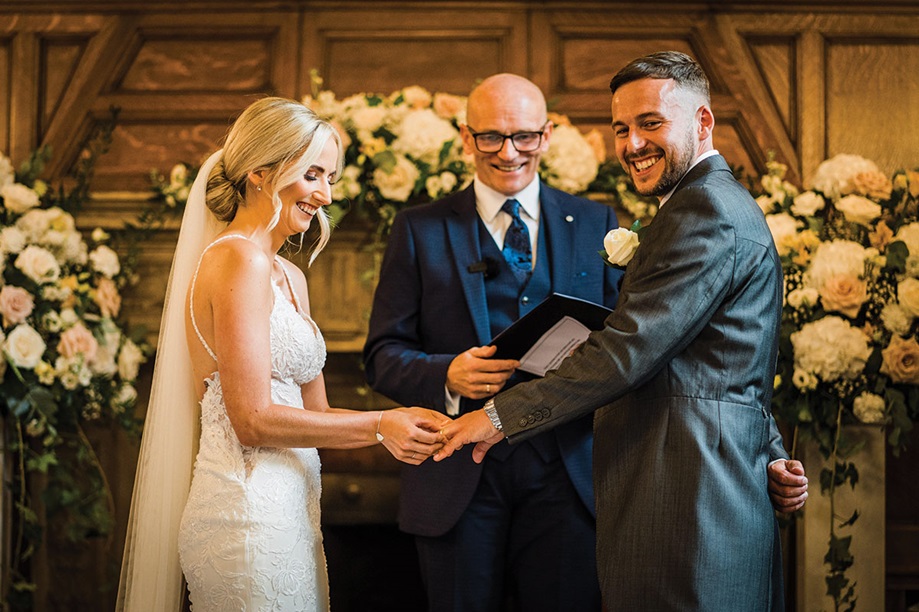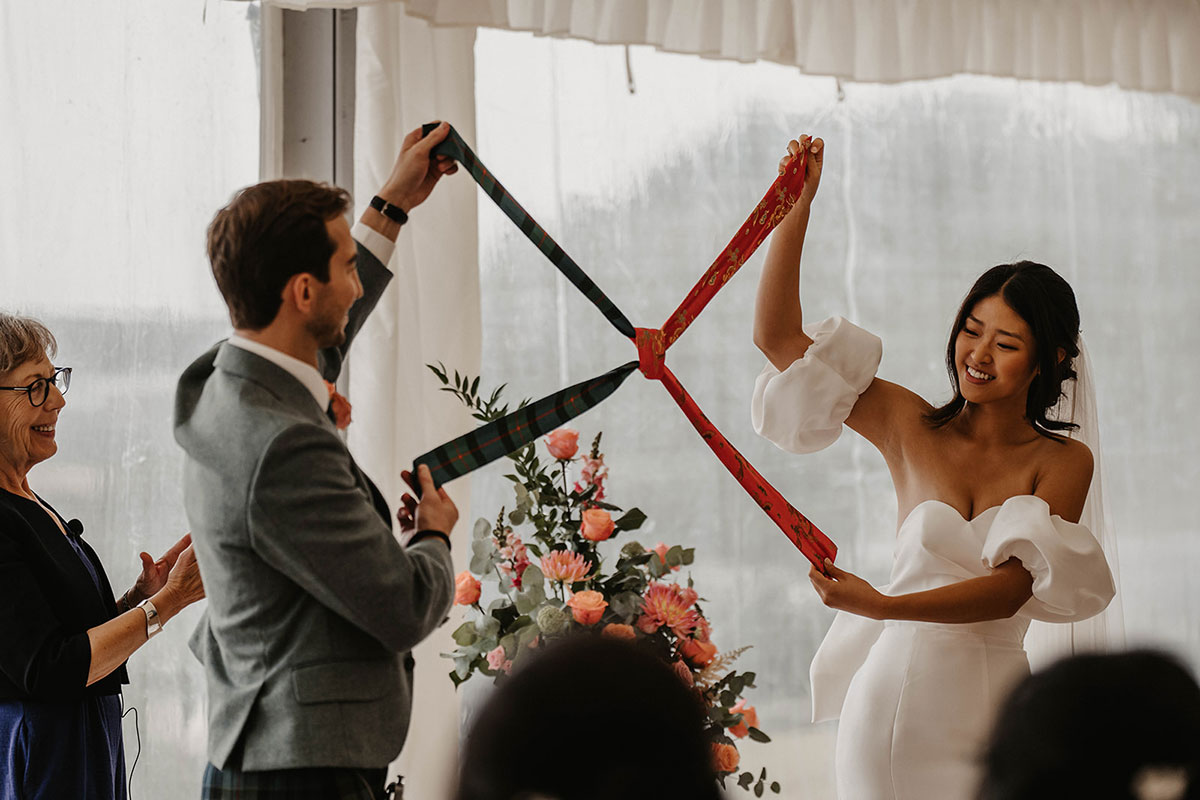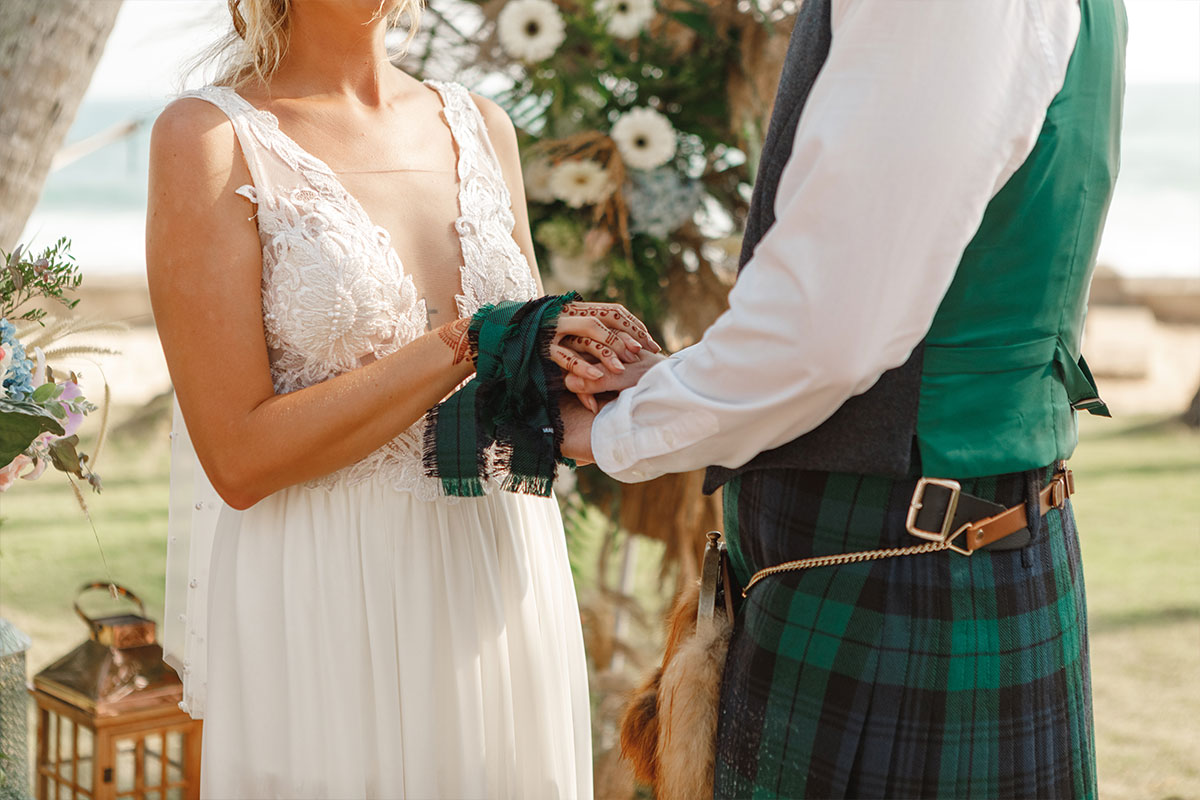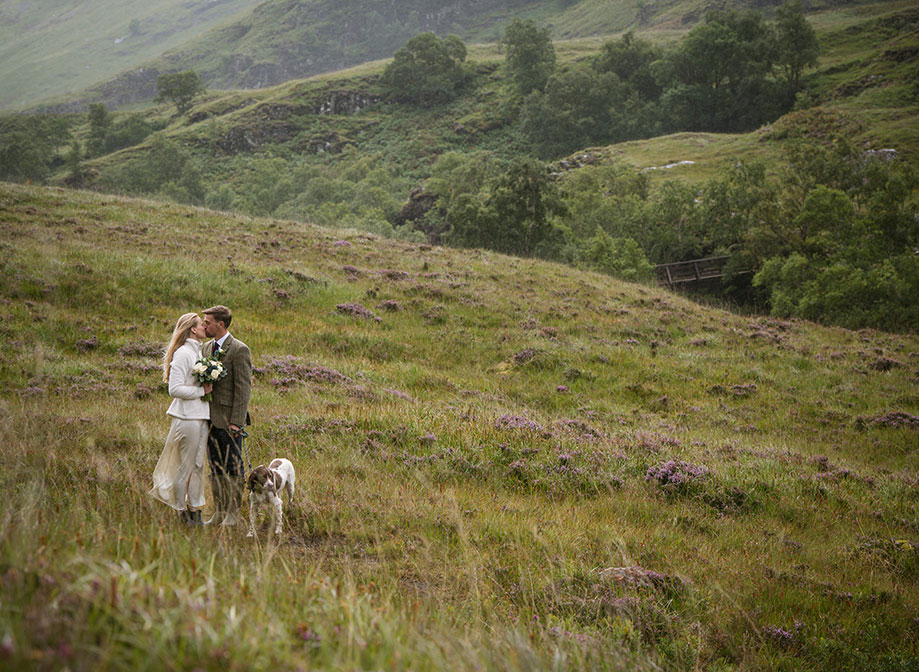Here’s how to complete the M10 Marriage Notice Application Form if you are getting married in Scotland
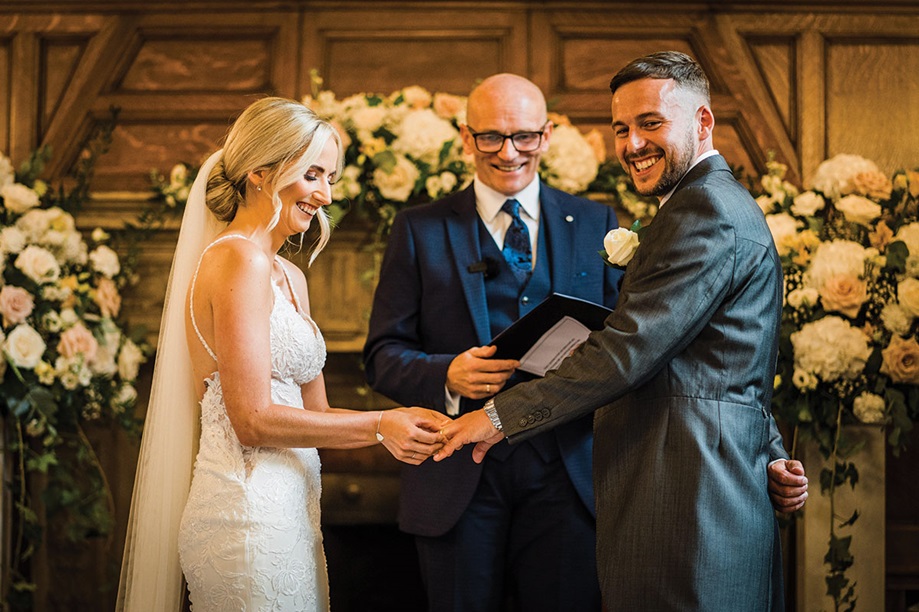
(Photo: Lifetime Photography)
Planning a wedding is exciting, but there are several legal steps you must take before, during and after your wedding to make it official. This includes submitting the M10 form, which we explain how to do below...
What do you need to do legally to get married in Scotland?
Before you get married in Scotland, you MUST fill out the M10 form and submit it between three months and 29 days before your wedding. This applies no matter where you are getting married in Scotland and what type of wedding you're having.
What is the M10 form?
Put simply, the M10 form is your notice to the local authority that you intend to get married. The registrar needs to be sure that you are both legally allowed to marry in Scotland. (You must both be over 16, and not already married to someone else for example.)
The form is double-sided and asks several questions including; your full name, date of birth, address and parentage, as well as whether either party has been married before.
You and your spouse-to-be must each complete your own M10 form.
How much does the M10 form cost?
There's a £100 fee (£45 for each of your forms, then £10 for entry into the marriage register) for submitting them, paid to the registry office directly. This includes the cost of the marriage schedule (more on this below).
What documents do we need to provide for M10 form?
You’ll need to gather together a few supporting documents – originals, not photocopies.
You’ll both need your birth certificate, photo ID (for example, a passport or driving licence) and a utility bill dating from within three months of the submission date. The bill must show your name and address.
If you are divorced, you'll need evidence of this, and if you are widowed, you'll need your former spouse's death certificate.
Finally, if you are a foreign national, a certificate showing that you are able to marry – a certificate of ‘no impediment of marriage’ – is required.
When do I have to submit my M10 form?
The earliest you can register is three months ahead of the wedding date, but it can’t be any later than 29 days before.
Even if you don’t have all of the supporting papers, send off your M10 to get the process started.
What if I can’t find my original birth certificate?
The registry office can provide a duplicate for around £15.
Who fills out the M10 form?
REMEMBER... you have to fill out one form each! It's a common mistake that only one party fills out the form, so although there is a section that asks for your partner's details, you must fill out one each.
Final checks
Proofread and ensure all spellings of names are correct. Make sure you have double-checked all of your supporting documents are included. In fact, ask someone else to check too!
C10 form for a civil partnership
If you’re entering into a civil partnership, the information above is exactly the same, except the form is called a C10.
What is the marriage schedule?
After you submit the M10 forms, the details you supplied will be used to fill in the marriage schedule. It confirms who is getting married and it is the most important document, as you CANNOT get married without it.
You, your celebrant and witnesses will sign this legal document during your wedding ceremony.
When do I collect and return the marriage schedule?
If you are having a religious or celebrant-led ceremony, one or both people from the couple getting married must collect the marriage schedule from the registrar closest to your wedding venue between seven and 29 days before your wedding.
The marriage schedule must be returned to the registrar within three days of the wedding. You or a trusted person must drop the document off within three days of the wedding.
If you are getting married in a registration office or having an authorised registrar lead the ceremony, they will bring the marriage schedule with them and return it afterwards.
Other legalities when getting married
Whether you want to know where you can legally get married, who can be your witness or how to plan the ceremony, check out our handy guide linked below.
The rules and legalities behind getting married in Scotland
And if you're planning on changing your name after the wedding, we have a guide for that too.
A complete guide to changing your name after you get married
Find wedding venues and suppliers in Scotland
When it comes to planning the rest of your wedding, check out our wedding directory and browse by category.

